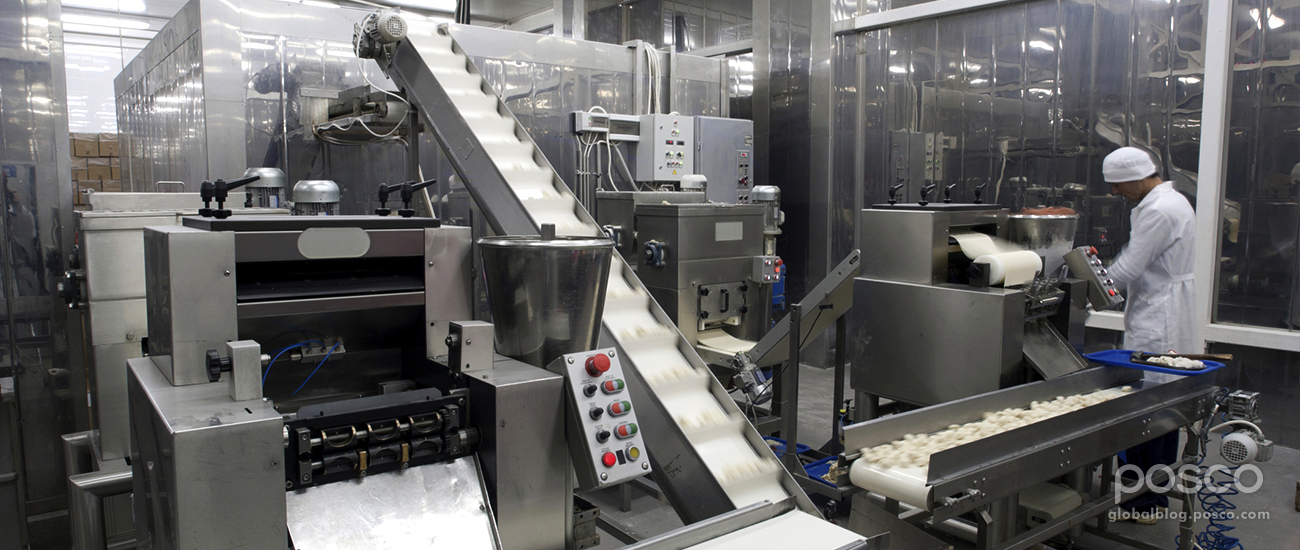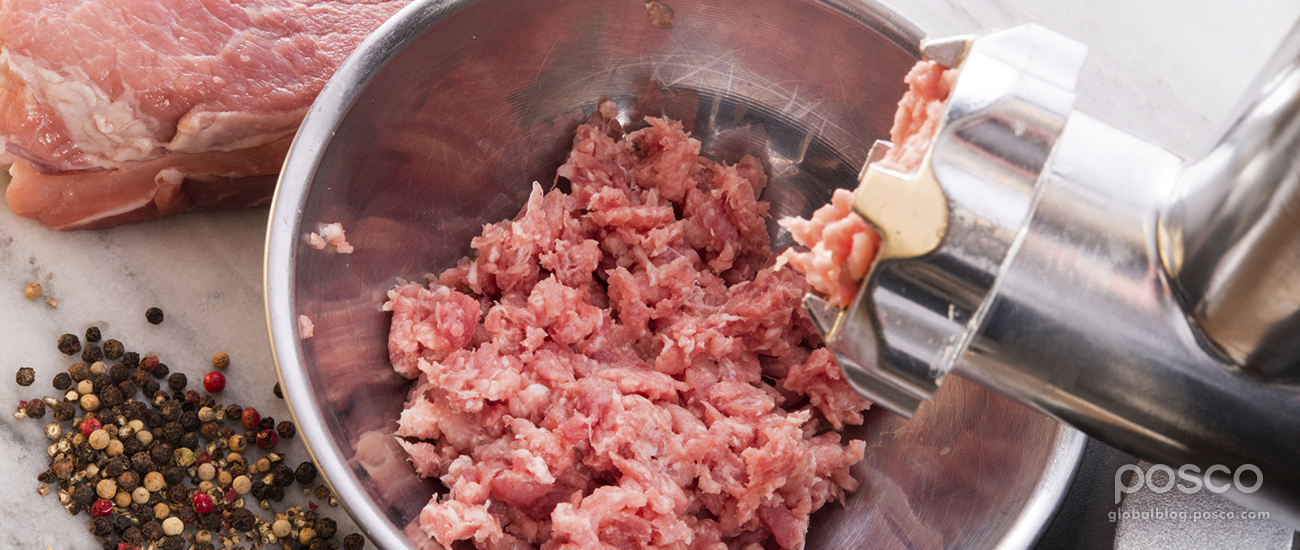According to the World Health Organization, an estimated 600 million—approximately 10 percent of the global population—fall ill after eating contaminated food every year, with 420,000 of those cases resulting in death.
In addition to affecting individuals’ health, foodborne illnesses such as Salmonella, Campylobacter and E. coli hinder socioeconomic development by straining medical facilities, and hurting national economies, tourism and trade. Moreover, food supply chains now cross multiple national borders, making such diseases an even bigger threat.
As such, providing sanitary conditions for the harvesting, processing, handling, storage, transport and preparation of food and beverages is one of the most important objectives of the global food processing industry.

To safeguard the public from foodborne illnesses, regulatory bodies around the globe impose hygiene regulations on food processing and packaging equipment. Stainless steel, among other advanced metal finishing processes, enable food processing and packaging facilities to meet industry regulations while preventing the outbreak of potentially fatal foodborne illnesses.
Super Steel
Stainless steel has proved itself worthy in areas where sanitation and cleanability are imperative. The material’s hygienic properties, corrosion resistance, strength and formability benefit both fabricators and users in the food and beverage industry, making it the go-to material in restaurants and public kitchens around the world.

Surfaces and equipment that come in contact with food products such as raw meat or eggs must not only be easy to clean and sanitize, but also have surfaces that naturally inhibit food adhesion and bacterial growth. Having no pores or cracks to harbor dirt, grime or bacteria, stainless steel is easily cleaned with soap and water.
When it comes to food preparation, stainless steel is suitable for vandal-prone environments where scratches might occur, and is highly durable and long-lasting, which helps to save costs. Unlike other materials such as copper and zinc, stainless steel is also generally inert to most of the acids and alkalis released by cooked foods, spices and additives. The metal does not normally get pitted—a form of corrosion that leads to the creation of small holes in the metal—thus avoiding the worst chance for bacterial infection.
In addition to helping to ensure sanitary surfaces and reduce the harboring of bacteria, stainless steel also helps to maintain the taste and color of edible products such as milk, processed foods and alcoholic beverages. Its sleek aesthetics are only an added bonus.
Clean and Green
While the material helps to improve food hygiene all over the world, stainless steel is becoming an increasingly popular solution to solve many of the problems related to the lack of hygiene in food-related environments specifically in emerging economies such as India, Mexico and China.

Because food in these countries is often prepared and sold in the streets, or even stored out in the open exposed to pollution and dust, stainless steel food containers help to minimize damage and risk to human health.
Moreover, much of the food in these countries is spicy, made up of aggressive ingredients and strong coloring agents. Corrosion-resistant stainless steel equipment and containers are suitable for handling such abrasive ingredients and help to reduce to a great extent the risk of food poisoning. In this way, stainless steel is far superior to plastics, aluminum and earthenware, as well as other materials.
And, of course, stainless steel is completely recyclable, making it not only environmentally-friendly, but also highly desirable in increasingly overpopulated nations where recycling is becoming more and more imperative.
Thanks to its corrosion resistance, strength, formability and recyclability, stainless steel will no doubt continue to be the preferred material in maintaining proper food hygiene in food-related environments around the world.
